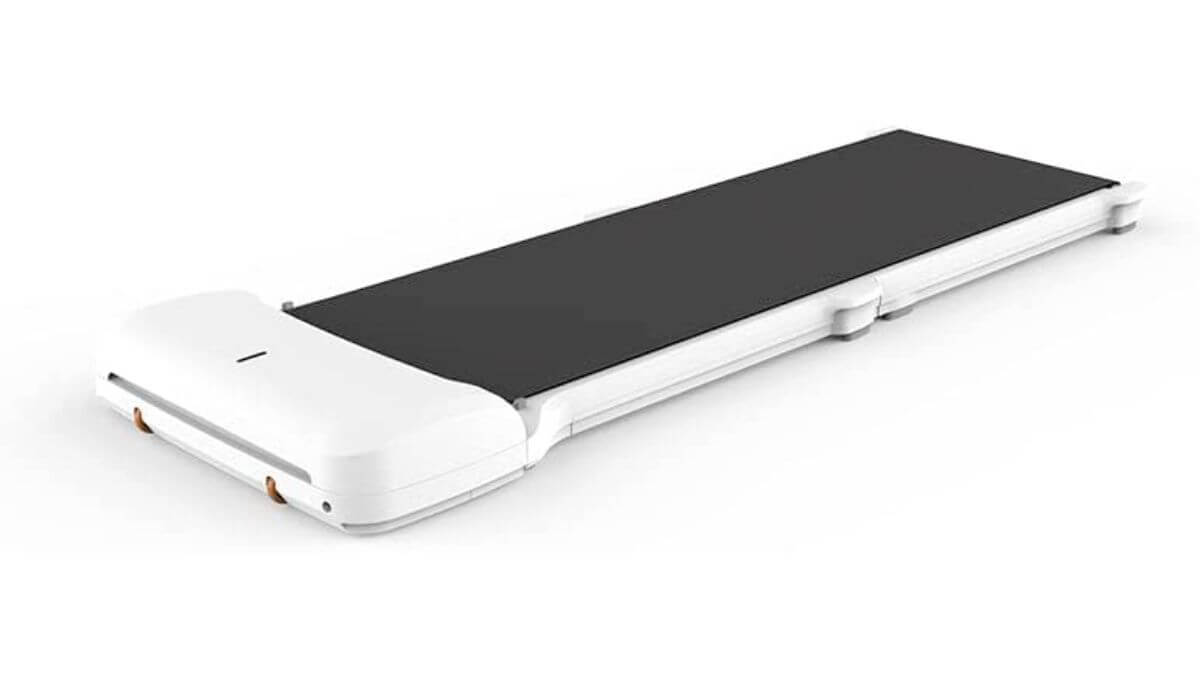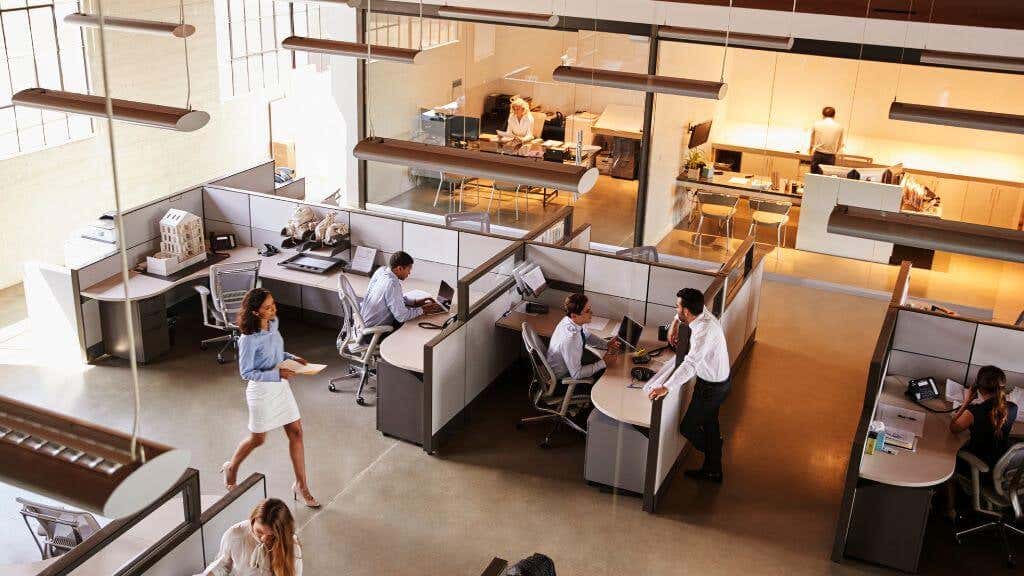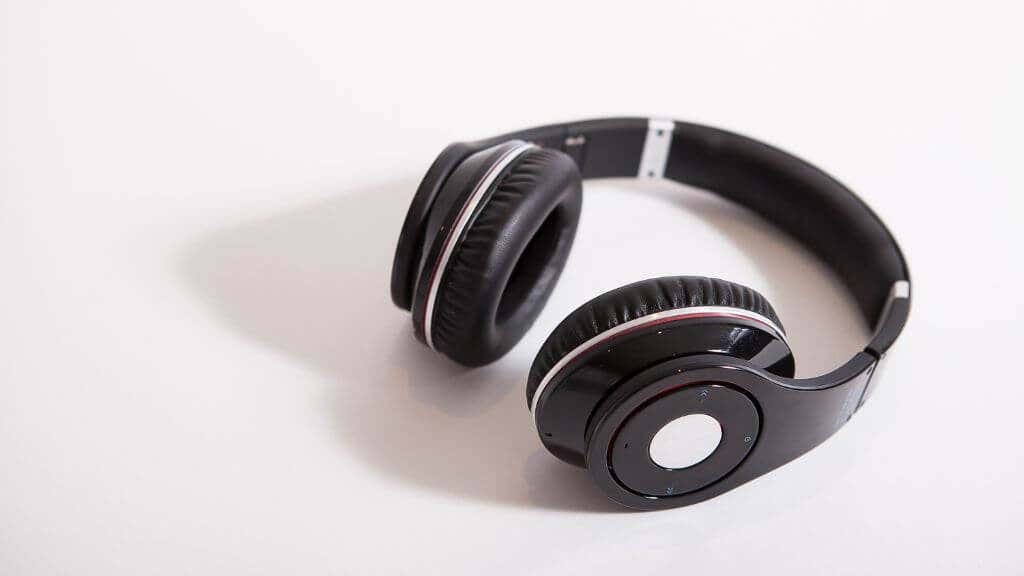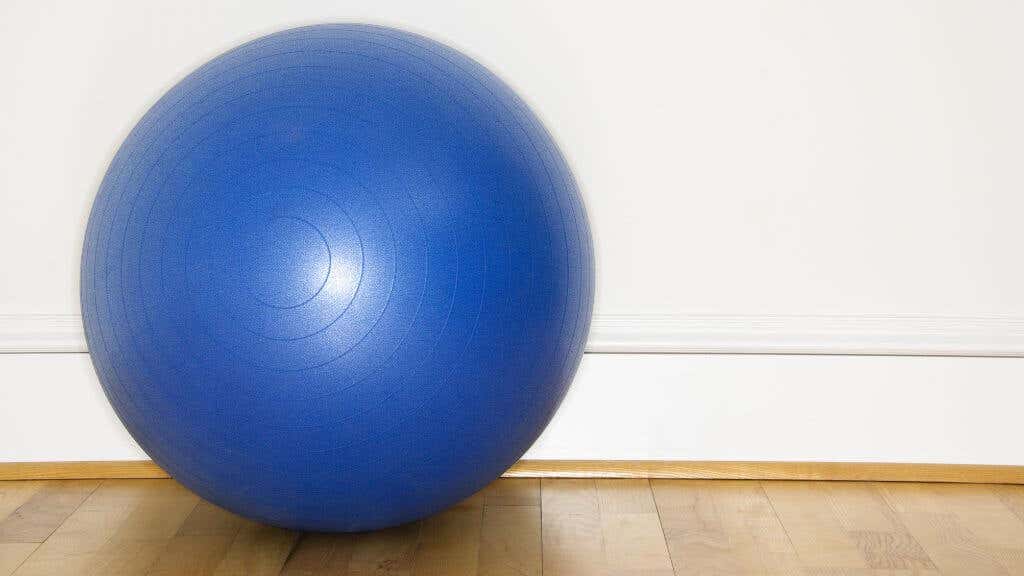Standing office treadmills are typically larger and require the user to stand on the treadmill while working at a standing desk. On the other hand, under-desk office treadmills are smaller and designed to be used while sitting at a desk, with the treadmill under the desk. These treadmills allow the user to walk or run while sitting, providing some of the benefits of standing and walking without needing to change their work setup.
The Benefits of Using a Standing or Under-Desk Office Treadmill
The negative health effects of a sedentary lifestyle are widely known these days, yet it can be hard to do anything about it when you need to sit at a desk for eight hours a day to earn a living. According to the Mayo Clinic, sitting for long periods can still hurt your wellness even if you exercise before and after work. To this end, there are several potential benefits to using a standing or under-desk office treadmill. Using a standing or under-desk office treadmill can help increase physical activity levels, which can have several health benefits. Studies have shown that regular physical activity can reduce the risk of heart disease, stroke, and certain cancers. Walking on a treadmill can improve cardiovascular health by increasing heart rate and blood flow and reducing blood pressure. In addition, regular physical activity, such as walking on a treadmill, can help to prevent weight gain and reduce the risk of obesity while promoting weight loss. Exercise improves mental health by reducing stress and anxiety and improving mood. Some studies have suggested that using a standing or under-desk office treadmill may increase productivity, as it can reduce fatigue and increase energy levels.
The Disadvantages of Standing or Under-Desk Office Treadmills
While standing or under-desk office treadmills can provide some benefits, there are also potential risks and disadvantages.
Handle New Exercise Routines With Caution
First, as with any exercise, you should always consult your physician if you plan to change your exercise regime. Especially if you already have existing health issues related to a sedentary lifestyle. In particular, a treadmill desk could complicate things for you if you already suffer from chronic back pain or other musculoskeletal problems.
It’s Not a Cheap Solution
Cost is a major factor with these devices. Standing and under-desk office treadmills can be expensive and may not be a practical or cost-effective solution for everyone. On the other hand, going with the cheapest option may leave you with an ineffective device or one with a limited lifespan.
You Need Space
Standing office treadmills can take up a significant amount of space in an office. Under-desk office treadmills are smaller but still require some additional space for use. Sometimes you may have to replace your desk with one that can accommodate an under-desk treadmill—adding to cost and complexity.
Potential Occupational Hazards
There is a risk of falling or tripping while using a standing or under-desk office treadmill, especially if the user is not paying attention to their surroundings. So, using caution and following safety guidelines is essential when using these machines. Although the pace of walking is languid, and you can use the under-desk version from a seated position, accidents can always happen.
Being a Noisy Neighbour
If you’re working in an open-plan office or a workspace with thin walls, you may want to consider noise as an issue for your coworkers. Some standing and under-desk office treadmills can be noisy, which may be disruptive to others in the office. Reviews can be unreliable, so try to find some first-hand reports of the noise level produced by a given treadmill.
It’s Going to Be Tough at First
It may take some time to get used to using a standing or under-desk office treadmill. Experiment with it to find the right speed and duration for use.
It’s Easy to Overdo It!
If you’re not careful, there is a risk of overuse injuries such as shin splints or stress fractures, mainly if you’re not used to regular exercise or use the treadmill for extended periods. Start slowly and gradually increase the duration and intensity of use to allow the body to adjust.
It Might Be a Distraction
Some people may take some time to start multitasking using a standing or under-desk office treadmill and to find the right balance of exercise and work.
Factors to Consider Before Buying a Standing or Under-Desk Treadmill
Consider your budget and whether an alternative exercise could provide the same or better benefits for the money. We’ll discuss alternatives below. Compare the dimensions of any treadmill you’re looking to buy against the amount of space available for the treadmill and whether a standing or under-desk model is more appropriate for your office layout. How much extra do you need to spend on modifications? Most importantly, do you have permission to make those changes? Safety is a prime consideration, so look for a treadmill with safety features such as a sturdy handrail and a non-slip surface. Also, a treadmill might be a hazard to other people in your office space or pets if you have a home office or a liberal pet-friendly workplace. We mentioned that these treadmills could be noisy, so if you’re going to be within earshot of anyone else, consider how much noise the treadmill puts out. For that matter, even if you work alone, the noise might be a distraction to you! Although we recommend a comfortable set of noise-cancelling headphones to anyone looking for a more ergonomic and productive workspace. Think about how often you will use the treadmill and whether it will be a worthwhile investment for your needs. For example, suppose you use it occasionally. In that case, it might make more sense to have a traditional treadmill at home that you can use for 30-60 minutes daily for similar benefits. If you’re using a standing treadmill desk, ensure you fall within its maximum weight capacity. Its top speed should not be faster than a walking pace for your use while working. There are a few “nice to have” features on walking desk products, assuming that the fundamentals are present and correct:
Remote control on the walking treadmill, so you don’t have to reach down to operate it or stop it. A companion app and Bluetooth features that let you record information such as daily step counts or how much cardio you’ve done at the end of the day. Foldable treadmills can help with situations where you’re short on space. You can stow the folding treadmill when not in use and have it out of the way.
Don’t forget to look for a warranty with reasonable terms and a good length. Treadmills are electromechanical devices that can wear out quickly, even at walking speed.
Alternatives to Standing or Under-Desk Office Treadmills
Suppose a standing or under-desk office treadmill is not a practical or suitable solution for you. In that case, there are several other options to consider for increasing physical activity levels while working at a desk:
Stand-up desks: You can adjust a stand-up desk to a standing height, allowing you to work while standing. This can help to reduce the risks associated with prolonged sitting. Exercise ball chair: Using an exercise ball as a chair can help to engage your core muscles and promote better posture. Pedal desk: A pedal desk is a device that allows you to pedal with your feet while working at a desk. This can help to increase physical activity levels and improve circulation. Regular breaks: Taking frequent breaks to stand up, stretch, and walk around can help to counteract the effects of sitting for long periods. Other exercises: Many exercises can be done while seated at a desk, such as leg lifts, chair squats, and arm stretches. Other forms of physical activity: In addition to increasing activity levels while working at a desk, it is vital to engage in other forms of physical activity such as walking, running, cycling, or participating in sports or fitness classes.
Is a Standing or Under-Desk Office Treadmill Right for You?
A standing or under-desk office treadmill can be a helpful tool for increasing physical activity levels and potentially reducing the risks associated with sedentary behavior. However, these treadmills may not be the right solution for everyone! If you can commit to using them consistently and are willing to put up with the risks and inconveniences, it’s definitely worth the investment in your health. If not, the alternatives discussed above are all viable and may fit your needs better.





